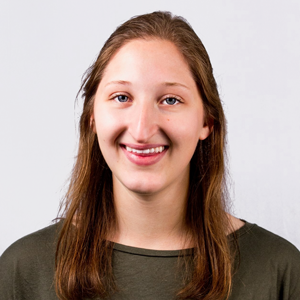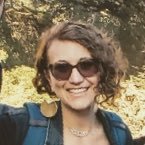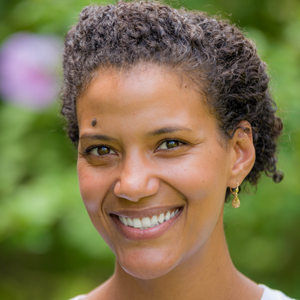When using Desmos activities, we want students to feel comfortable sharing their ideas with the teacher and the class. To support this, teachers can turn on anonymize mode swapping students’ names with the names of notable mathematicians.
Though our list of mathematician names was originally created for student safety, it is also a way we publicly amplify particular figures. By its nature, this list serves as a commentary on who is regarded as a mathematician. With that in mind, we recently inspected our list of names and chose to overhaul it. This blog post explains what prompted a change and how we crafted a new list.
What Prompted a Change
Our equity principles guide our work. The principles call us to make products that serve all students and teachers, and also to disrupt systemic inequities and conditions of marginalization in education.
Our first list of anonymous mathematicians contained 120 mathematicians. On that list, we identified fewer than 25% of the mathematicians as female or non-binary, and just over 10% as people of color. Inspired by people on Twitter, teachers who have reached out with suggestions, and folks who have bravely shared concerns about representation, we’ve updated the list over time.
After years of small updates, we still identified fewer than 40% of the mathematicians as female or nonbinary, and fewer than 34% as people of color. So this time, when a couple of teachers reached out about representation within our anonymized list, we decided that we’d reimagine the list from the ground up rather than making more small changes.
Dreaming Up a New List
Our goal was to create more opportunities for students to see aspects of themselves in math classrooms. Dr. Rudine Sims Bishop, Dr. Rochelle Gutierrez, and others use the analogies of windows and mirrors, where windows help you see into other parts of the world and mirrors help you see yourself.
We decided the new list should:
- Overrepresent identities (race, gender, sexual orientation, etc.) that have been historically excluded in mathematical fields.
- Showcase mathematicians in many different fields, including outside of academia.
- Include people with easy-to-find information, including a picture.
Systemic & historical inequities mean that there aren’t equal opportunities for students to encounter mathematicians of all identities. This lack of diversity perpetuates narrow definitions of who mathematicians are and what they do. The first and second criteria intend to counteract that. The third criterion comes from the idea that we want students to be able to see and relate to the mathematicians they encounter.
Our Process
We researched each of the 200+ names on our existing list with these criteria in mind. We asked ourselves: What were identities we could find about each person? How easy was it to find information? How might different students see themselves in the information that was easily accessible about the person?
We selected some of the individuals from the existing list who met our criteria. Then, we did research on other folks who were not on the original list. Where we’ve landed for now is a list of about 110 mathematicians. We identified about 65% of the mathematicians on the list as female or nonbinary and nearly 80% as people of color.
We are so grateful for the work done by others, including but not limited to Annie Perkins, Talithia Washington, Ph.D, and Shelley M. Jones, Ph.D, who helped us learn about many wonderful mathematicians through their work.
What’s Next?
Rewriting our list of notable mathematicians is only one small part of living up to our equity principles, and our list will continue to evolve over time.
For this list, we focused on race, gender, and sexual orientation. We know these are not the only aspects of identity that are typically underrepresented in mathematics and hope to overrepresent additional excluded identity markers going forward. In addition, we are excited to add more individuals outside of academia who highlight the ways in which mathematical thinking is essential in so many fields.
We invite you to read our list of mathematicians. If you want to respond publicly, tag us @desmos. If you want to respond privately, feel free to email equity@desmos.com. We would love to hear your thoughts.
Updated July 16, 2021
Edited to include reference to Dr. Rudine Sims Bishop, who wrote Mirrors, Windows, and Sliding Glass in 1990.


